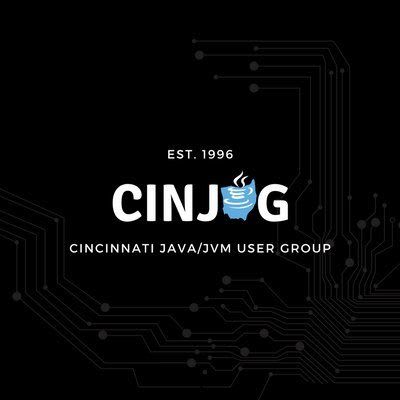CinJUG: "Pick Technologies & Tools Faster by Coding with JHipster"

Venue
The Cincinnati Java User’s Group hosts monthly talks. I was honored to talk about “Pick Technologies & Tools by Coding with JHipster” on Wednesday, November 20, 2020, at 11:30 AM Eastern Time (US and Canada).
Thank you to Mark Wehby and James Carman for organizing this1
Abstract
Do you pick technologies & tools for Java projects? And can you learn by looking at & running code? Then this talk is for you!
In this talk, we’ll explore why we pick more technologies & tools today. We’ll then look at how generating Java projects with JHipster makes that easier. JHipster is an open-source code generator for Java.
Mind Map & Slides
I used a mind map to create this talk. It has nearly all the talk contents and more details in some areas. It’s a pretty big PDF, so you need to zoom and move around.
You can also get the slides in their original Keynote format. “Keynote” is Apple’s presentation application. Why would you do that? I animated the slides, so they are more pleasant to watch. Or maybe you want to peek under the hood to see how I achieved specific effects.
Feedback
I asked this question during my talk: “Compared to 5 years, do you pick more technologies & tools in your Java projects today?” Here’s what my audience said:
If you’ve seen my talk or checked out the mindmap, then please rate my talk here. Here are the results. Please note that you can view the second page with the arrow button in the bottom left.
Getting Started with JHipster
For the latest information, please always go to the JHipster site.
My Tutorial
If you want to get started with JHipster, then my three-part tutorial on JHipster is just what you need:
- The first part is optional. It tells the story of how JHipster and Docker saved my first Angular Java project.
- The second part helps with installing JHipster. We then generate our first JHipster application and explore the UI for administration and our entities.
- In the third and final part, we look at the JHipster code. We configure Eclipse/Intellij, import the project, and then inspect the code.
Plugins
Plugins change the code that JHipster generates. They are optional. JHipster calls them “blueprints”.
Here are the officially supported blueprints:
- Kotlin
- Vue.js (which moves into the JHipster core with the upcoming JHipster 7 release)
- .Net
- Node.js
- Micronaut
In principle, we can use multiple blueprints at the same time. But it seems that at least the Kotlin blueprint doesn’t go together with other blueprints.
The JHipster site has a list of all blueprints. That’s where we can find the Quarkus blueprint, for instance.
Part 7 of 15
in the Talks
series.
« CinJUG: "How Should Java Developers Build Front-Ends for Web, Mobile, and Desktop Today?"
|
LJC Community Talk: "JaVers: Code Audit Logs Easily in Java" »
| Start: LJC Lightning Talk: Eclipse OpenJ9: Memory Diet for Your JVM Applications
Developer job ads down 32% year over year, Stack Overflow questions dropped 55% since ChatGPT. I now recommend IntelliJ Community Edition because many AI code assistants don't run in Eclipse. Job ads for Quarkus hit an all-time high.
Read my newsletter